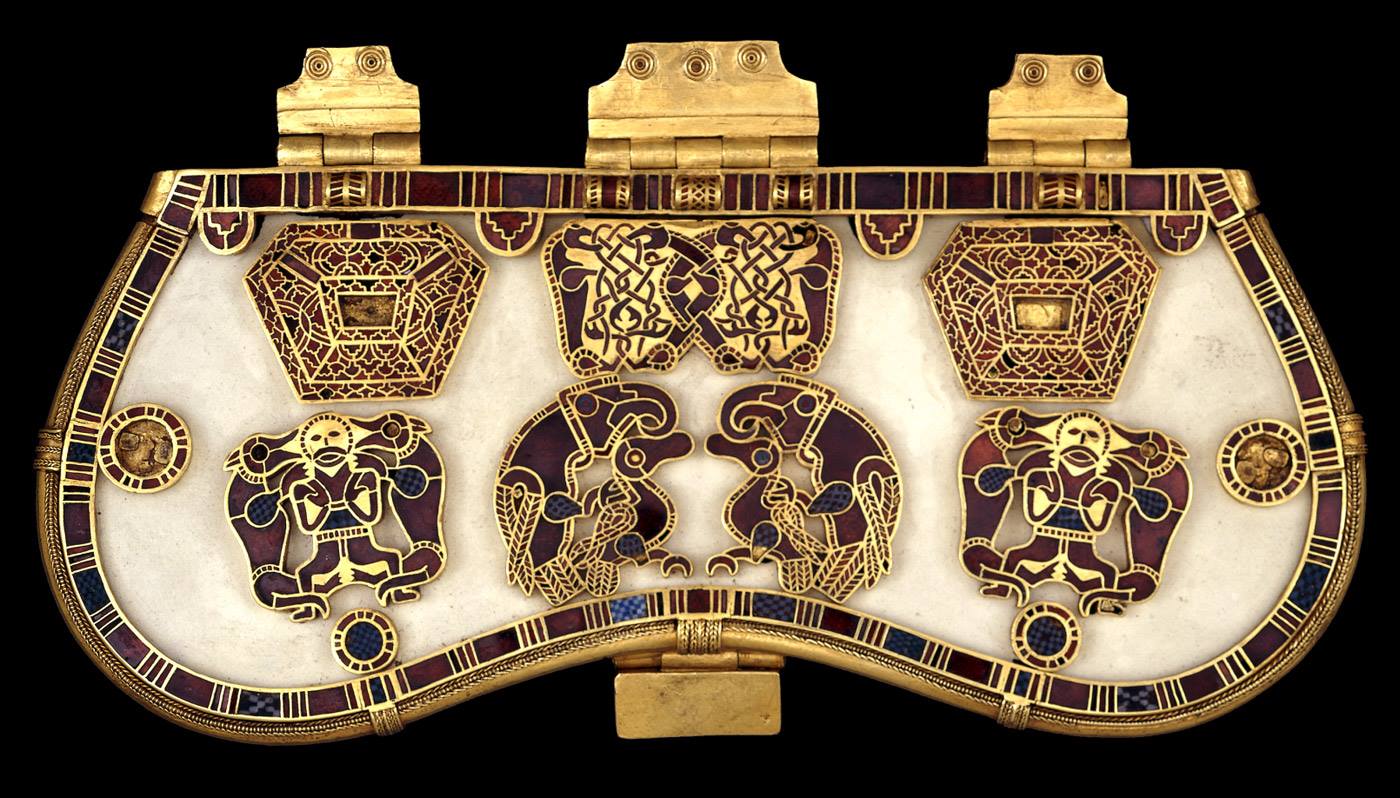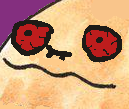FYI the indigenous people of northern Canada and Alaska mostly prefer Inuit.
https://www.uaf.edu/anlc/research-and-resources/resources/archives/inuit_or_eskimo.php
The Met museum link used ‘Eskimo’, so it’s what I used. Elsewhere I’ve used (and seen the Met use) Inuit, but I’m always hesitant to change the word choices from the source.
Why did they make it out of Eskimo?
Just to kind of further muddy the waters here, the etymology leaves a little bit of wiggle room. To sum up, Alaska is home to both Inuit and Yupik people - as mentioned in your linked article.
Now I’m not in the affected group, so I can’t say definitively if calling a Yupik person Inuit would be offensive or not. But the whole thing does kind of remind me of the history of putting a disparate group of indigenous Americans onto a reservation and calling them all Indians. You could make an argument that calling a Yupik person Inuit is an erasure of the Yupik culture.
So in my mind, the museum might be saying that they’re not sure if this artifact is Inuit or Yupik, so they’ve used Eskimo as a term to include both people. I don’t know that ‘Eskimo’ was the best choice, because as you suggest it is offensive to people. Maybe ‘Alaskan Native’ would have been more apt.
Dude holding in a poo to E5 to take giant owl head. Countered by bunny from monty pythons holy grail.





